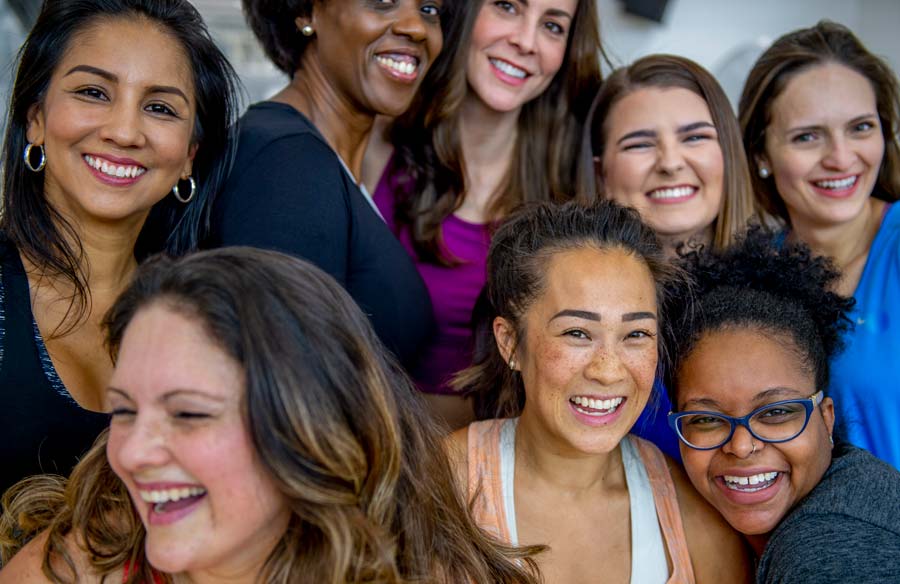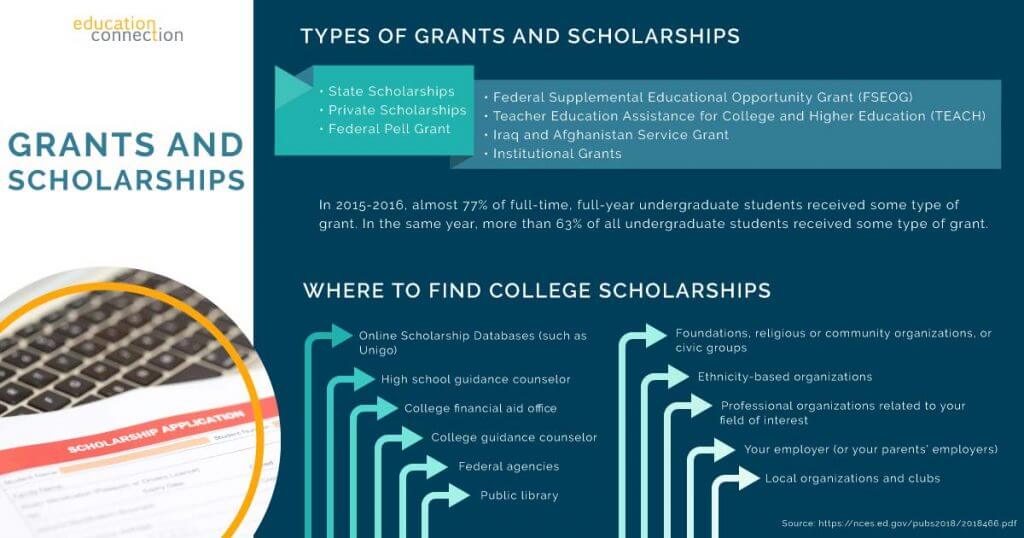Table of Contents

With a competitive job market, many people are wondering whether it is the perfect time to attend college. These students are unsure about present and future job prospects along with rising student debt. Also, you may not presently have a job. So you are unsure if you may be eligible for student loans without a job? Learn more about how to receive a student loan without a job.
Can You Get Student Loans Without a Job?
Getting a student loan without a job may be possible when you have a cosigner. A cosigner is someone who may be willing to make your payments. Private lenders will accept this payment arrangement. They are willing take on the financial risk when two people make payments. The recent COVID 19 pandemic has forced many businesses to close and furlough staff. This situation has forced students to worry about paying off their student loan debt. It may also force some students to postpone their college courses until the economy improves.
The U. S. Bureau of Labor Statistics conducted an student unemployment study in January 2020. Unemployed high school graduates made up 3.8 percent of the study. College graduates had a 2.9 unemployment rate during the same month. With these worries, students wonder how they may pay for their college expenses. Student loans without a job could fill in the gaps or pay the entire costs. Students may seek a loan from a private lender. You may also be eligible for federal aid if you qualify. Private loan lenders may offer student loans even if you’re unemployed or if you have bad credit history. Financial aid may be available to those who qualify.
How Do I Qualify for Student Loans Without a Job?
One way to qualify is to have a cosigner. Private lenders take into consideration a person’s employment history and credit history. This information allows lenders to figure out the amount of the loan. A cosigner is anyone who meets the eligibility criteria for the student loans without a job. The cosigner may be your parents, grandparents, or another family member. It may also be a spouse or family friend. The cosigner typically have to meet the following criteria:
- Good credit score of 600 or higher
- Steady income (8% to 10% of discretionary income to make monthly loan payments)
- Favorable 15% or less debt to income ratio
Income minimum limits and debt to income ratios may vary between lenders. You may need a cosigner if you don’t have a job. Ensure that the cosigner is someone that you trust.
Can You Get Federal Student Loans and Private Student Loans Without a Job?
Both private and federal aid lenders may provide student loans to unemployed students. You should double check if you meet the eligibility requirements of each lender.
What Federal Student Loans May You Receive Without a Job?
U.S. Department of Education will not review your credit report. The organization will also not check income history. They provide Stafford loans based on financial need. You also typically don’t need a cosigner. The only exception to this rule is if you plan to take out a Direct Plus loan with poor or no credit history. In these instances, you may need to have an endorser, which is similar to a cosigner.
Types of federal student loans that you may be eligible for if you don’t have a job include:
- Direct Subsidized Loans: A federal student loan for undergraduate students. You may have to show financial need. The federal government will pay the fixed interest rate for the life of the loan.
- Direct Unsubsidized Loans: A federal student loan for undergraduate and graduate students. You do not need to prove financial need. This federal student loan usually has fixed interest rates for the life of the loan.
Federal student loans typically have lower interest rates. This option also provides more variable payment options than private loans. You need to fill out a free application for federal student aid (FAFSA). Then you may send it to the eligible financial institution. The eligible financial institution may determine the amount of the federal loans.
What Private Student Loans Are Offered to Unemployed Students?
Private student loans may be available for unemployed students. You may need to have a cosigner to receive the loan. Citizens Bank and Sallie Mae may provide student loans. You may also seek out financial loans from a credit union. Private lenders may check your credit history and employment history for loan eligibility.
Other private lenders may check your future income potential instead of doing a credit check. This factor occurs when you don’t have a credit history or a co signor. Lenders understand that you may find employment after college. In this instance, you may be able to obtain one and submit a loan application.
How Do I Repay Student Loans Without a Job?
You may have to repay the personal loan using the funds from a savings account. The cosigner may also make monthly payments for you during your unemployment. Then you can take over the remaining loan amount or repay the cosigner. You could ask for forbearance or deferment for federal student loans. Forbearance may suspend your federal loan payments. The interest will still accrue on the loan as you will need to pay it later. Deferred federal loans will not accrue interest.
You may also qualify for loan forgiveness programs or an income driven repayment plan for federal loans. There might be less private student loan repayment options for unemployed students. Some student loan lenders may offer unemployment protection or economic hardship forbearance. You may check with specific loan servicers and student loan options. They may inform you about the length of their repayment term’s grace period. Also, don’t forget to check the repayment terms in the loan agreement which has the contracted interest rate.
- Loan Forgiveness Programs: Loan forgiveness programs may forgive the remaining loan amount. You may have to make a certain number of previous payments to qualify. Private loan providers typically do not offer loan forgiveness programs. Federal loan forgiveness programs include the Public Service Loan Forgiveness Program.
- Income driven Repayment Plan: An affordable payment program based on your income and family size. The PAYE plan applies to federal loans. Sallie Mae offers a $25 payment option while you’re in school and during the grace period.
- Unemployment Protection/Economic Hardship Forbearance Programs: Some private lenders may offer deferment or forbearance programs. They’re available if you may experience unemployment or economic hardships. The Citizen’s Bank Student Loan offers deferment options. They may defer interest and payments for 6 months after graduation.
What Other Options May Help Pay for College?
You may try to pursue other financial aid options. Grants and scholarships typically do not need you to pay back the funds if you graduate. Yet, certain grants, such as a Pell Grant, may need repayment if you drop out of college. Other options may include:
- Waiting to go to college until after finding a job
- Placing the extra money into a savings bank account until you have enough for college
- Obtaining a part time job, either online or at a brick and mortar establishment
The pandemic has caused increased economic uncertainty on a global scale. Many students are reconsidering their career options right now. You may select the loan options that best fit your current job goals. Then you could receive the desired degree at a great college.




